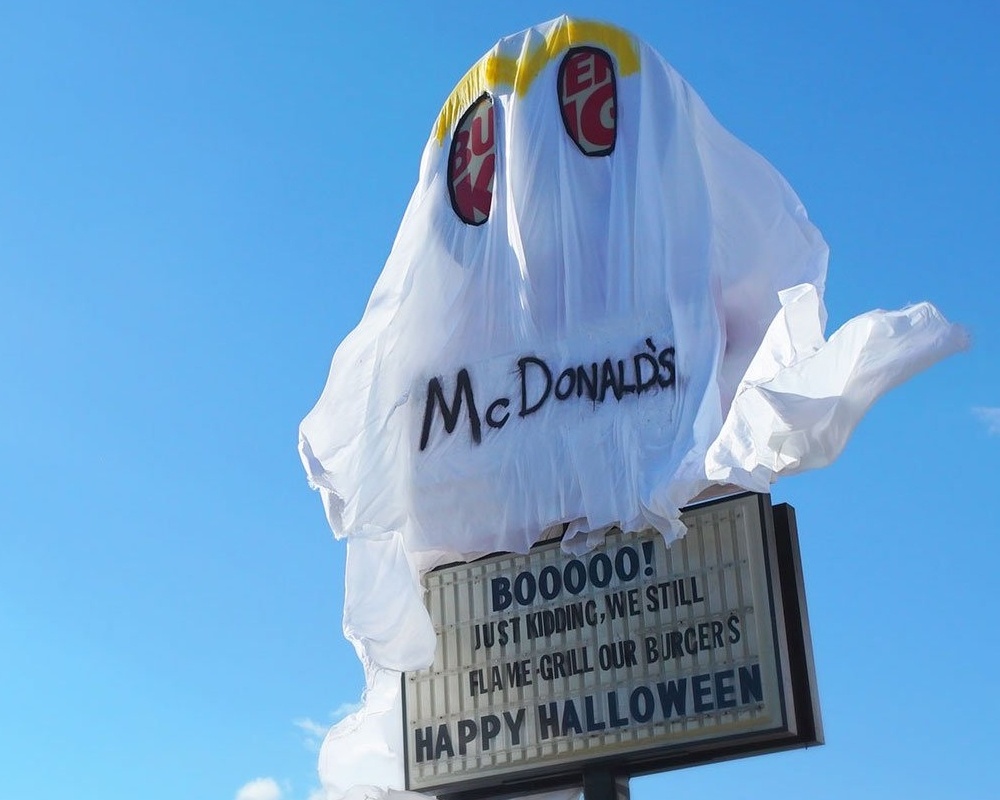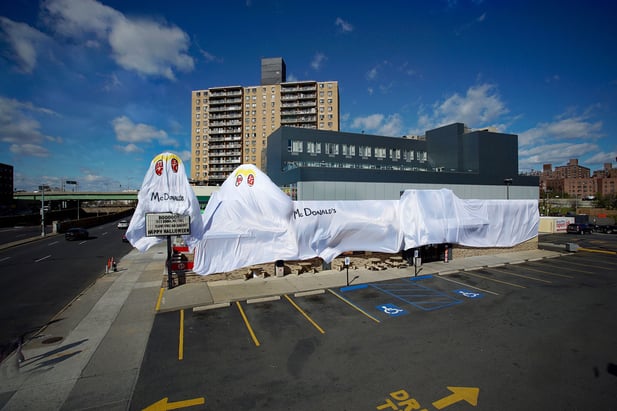
VIth Sense: Burger King's Disruptive Marketing Generating More Than Publicity
We are living in an age of disruption. Uber. Netflix. Amazon. Tesla. Blue Apron. These brands are literally changing how we shop, travel, cook—really how we live our lives. And as these brands prosper, other ‘traditional’ brands suffer.
When habits shift, dollars go with them and there’s nothing that marketing can do to save outdated business models.
Disruption isn’t really new to marketing. There have long been ‘stunts’ that generate publicity in some form. The vast majority were executed for that very reason—to generate awareness for a brand.
Today, disruptive marketing tactics are more strategic and have intentions beyond the desired publicity itself. Creative brands are exploiting the opportunity of the existing environment to develop tactics that not only gain attention, but also provide brand lift. Burger King is effectively deploying disruptive tactics that support their brand. Remember their open letter in the NY Times to McDonald’s for Peace Day last year? They proposed that the two brands come together and offer up a McWhopper. The fact that McDonald’s rebuffed the notion only brought about more publicity for BK.
This week, Burger King dressed up one of their NY stores for Halloween. Dressed it up like the ghost of McDonald’s of course. You’ve probably seen it by now through some sort of media channel. Great publicity—and very clever! However, what I respect about what Burger King is doing is that they are associating their own brand with the category’s dominant brand. Brand association is typically coordinated, friendly and complementary. BK is using their rival’s brand equity to generate some of its own.
In some contexts, we are living through the wild frontier of marketing. Not because the industry is young and finding itself (although that thought fits digital marketing), but because there isn’t a lot of law and order with communications channels today.
Marketing disruption is easier today because we have control of many of the communications channels that consumers use regularly. We no longer have to convince a magazine or television station to cover our ‘stunt.’ If it’s worthy, it will get distributed through social media, email, text and other consumer controlled channels, and probably some news outlets as well. Disruption for its own sake is short-lived, but when part of a broader strategy can be very effective. And BK is the King of it.








